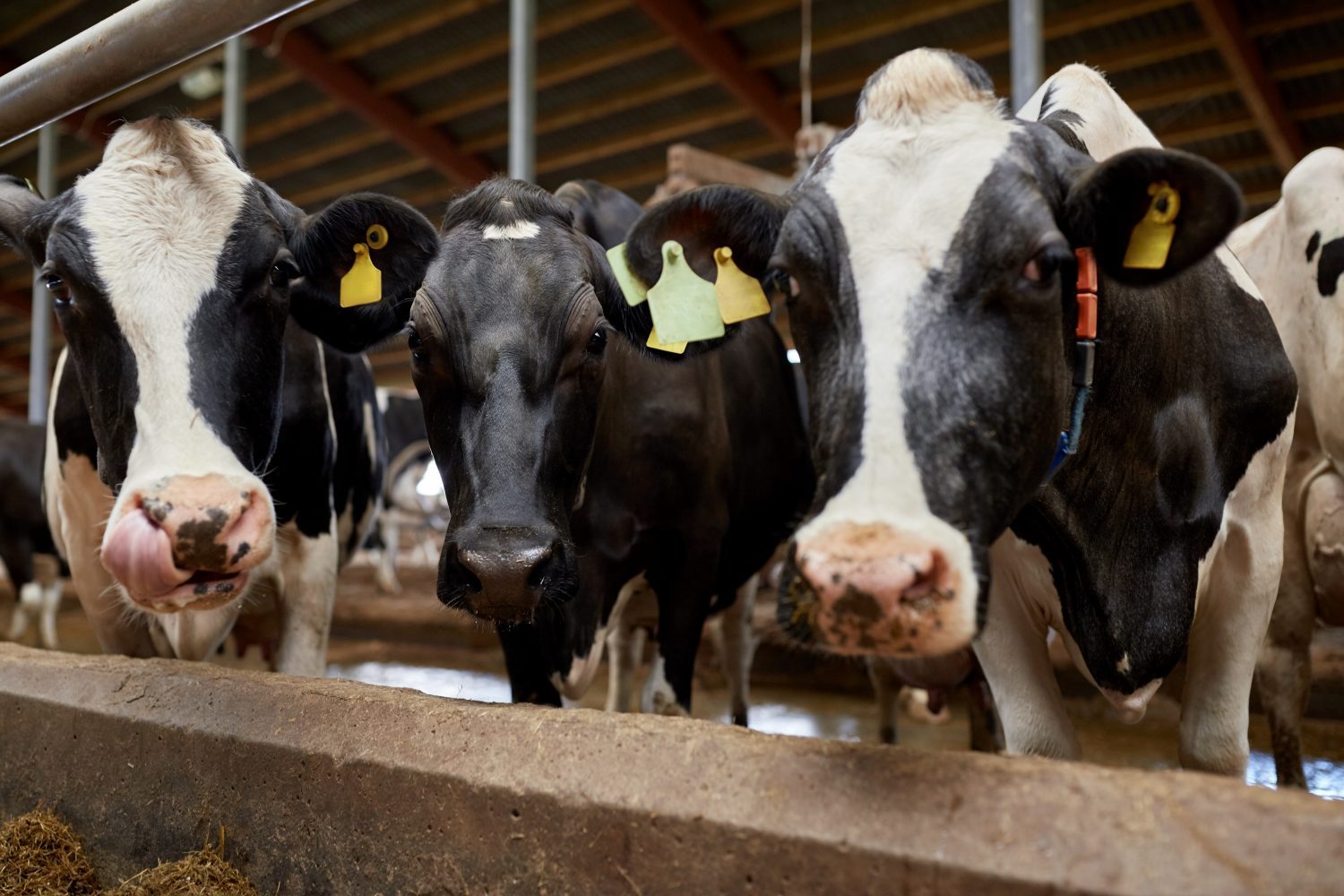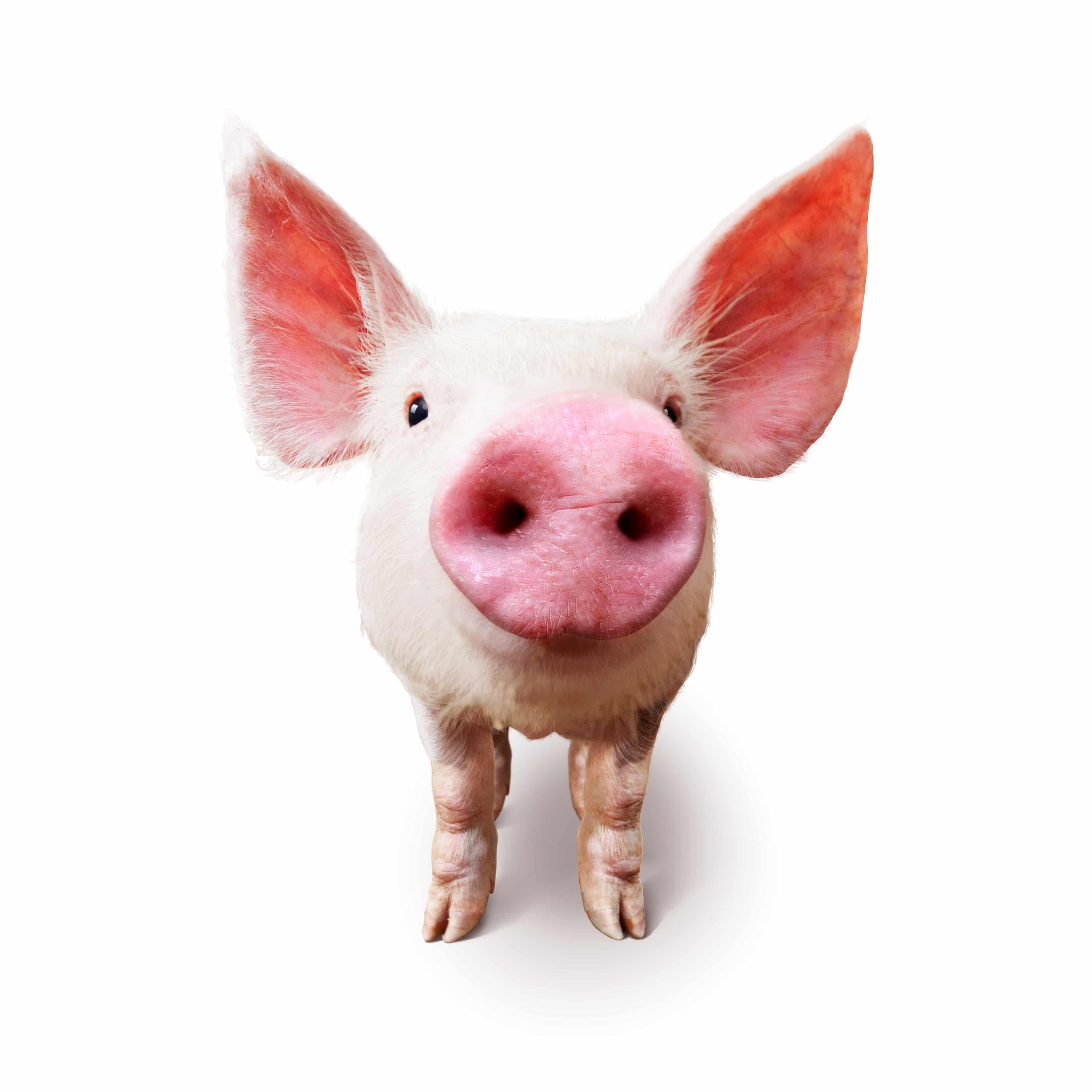Pork Producers Face Harsh Reality of COVID-19
The ripple effects of COVID-19 are forcing pork producers to face heartbreaking realities. The shuttering of one U.S. pork plant this week due to workers contracting COVID-19 has sent shocks through the pork industry that will be felt for some time.
Closing a plant is an incredibly hard call, one that no one wants to make. Not knowing how long it will take for the labor force to feel safe to come back complicates the situation even further, says Christine McCracken, Rabobank senior analyst – animal protein.
Options are limited.
“The plant slowdowns and closure limits the options for pork producers, unfortunately,” says Brian Grete, editor of Pro Farmer newsletter. “Producers can slow weight gains as much as possible through ‘maintenance’ diets, but that’s about it.”
Stocks are building and McCracken says that’s a situation that is unsustainable with the number of hogs coming to market and the sheer pounds of pork that will be ready for the shelf with nowhere to go.
Oversupply is not just a problem for the pork industry. However, McCracken says beef and chicken are different because they have more tools at their disposal.
“You can slow down cattle a little easier and you can affect chicken production in a couple months,” she adds. “For pork, we were already going to have a difficult time managing through fall, but this just makes things more challenging.”
The extreme losses are likely to force some producers to leave the industry and for others to make some difficult choices in the coming weeks, she says.
“During times like this, we often see those assets change hands – they don’t leave long-term if they are good assets,” she says. “But, anything marginal will likely be closed or producers fighting disease issues may take this opportunity to take down production and clean it out.”
Marketing arrangements may change.
No one can predict what the next few weeks will bring for pork producers, but looking into the future, McCracken says she believes people will take another look at how they market their animals going forward.
“Producers will likely reconsider how they price their hogs and how they manage risk. There might also be a push toward more producer ownership of plants, as we have seen in the past few years, so that producers are able to capture a larger share of the carcass value,” she says. “But, right now the industry is in survival mode and doing everything it can to just manage through the next few months with as little long-term damage as possible. There will be a lot of Monday morning quarterbacking when we come out of this, but for now it is all about how to limit the losses.”
Internationally, COVID-19 is the first crisis of this magnitude affecting everyone at the same time. She says the strength of the dollar and oil taking a nosedive present more unpredictability with the export markets now.
“I think people always miss what other proteins are doing. People get fixated on the fact that pork has less food service exposure than the next guy. But everyone is competing for that retail space and they all have twice as much as they need,” she cautions.
More flexibility will be built into the system.
If another plant shuts down in the U.S., McCracken believes people will begin looking at alternative locations where they can send their hogs and trying to find ways to build more flexibility into their marketing system.
“There’s not a lot we can do today but going forward, does it make sense to have as much exposure to labor constraints as we have – at least on the packing side?” she asks.
Packing plants rely on a strong labor force and this situation sheds more light on an issue that continues to plague the pork industry.
Dennis DiPietre, economist with Knowledge Ventures LLC, agrees that protecting current workers and having a source of trained or quickly trainable replacements is vital to forestalling an unmitigated short-term disaster.
“The labor force for agricultural production and processing is already tight, although the high historic turnover in processing plants has created a host of strategies that can keep the lines moving with sufficient efficiency and product quality in the face of heavy employee turnover,” DiPietre says. “However, some of those strategies have required more workers than might be necessary otherwise.”
For instance, keeping every part of the cutting floor assignment given to any one employee relatively simple and repetitive means that if workers leave for any number of reasons, replacements need only be trained in that task, he says.
“The adoption of robotics is certain to accelerate as the cost of this pandemic begins to be fully expressed. Never has it been more important to understand the capability and capacity of your packer and supply chain to imaginatively create a more secure future than it is today,” DiPietre says.
The industry will take a closer look at the supply chain.
People are going to have to look at all parts of their supply chain with a very fine-tooth comb and figure out where their vulnerabilities are and determine if there is another way to find a supplier, McCracken says.
Getting products from other countries has been challenging and will get more challenging over next year. Producers will be looking for more local or domestic sources for equipment and supplies.
For example, she says feed ingredients could be a challenge to find later this year. “Plants are down, ships are backed up and the stockpile we were using is running out. We will need to consider alternatives,” she says.
Unfortunately, this is a time in history when it seems like everything that could go wrong is going wrong.
“It’s hard to know how everything is going to come back,” she adds. “But you can be happy you are healthy for now and can live to fight another day.”







